Coursera – Tibetan Buddhist Meditation and the Modem World: Lesser Vehicle
$29.00
Product Include:
File size:
Coursera – Tibetan Buddhist Meditation and the Modem World: Lesser Vehicle
**More information:
Get Coursera – Tibetan Buddhist Meditation and the Modem World: Lesser Vehicle at Salaedu.com
Description
5.4 GB
Tibetan Buddhist Meditation and the Modern World explores the immense variety of meditation practices past and present. We present their histories, their philosophical underpinnings, their transformations in the modern global world, and we give you a chance to reflect upon meditation practices through secular contemplations designed just for this course.
We use a traditional, if overly simplistic, way of grouping Buddhist philosophical systems and ritual-contemplative practices into “three vehicles”, three programs of theory and practice supporting the personal journey from suffering to enlightenment. This scheme became normative in India and Tibet: (i) the Lesser Vehicle (Hīnayāna), (ii) the Great Vehicle (Mahāyāna), and (iii) the Adamantine Vehicle (Vajrayāna), also referred to as “esoteric Buddhism” or “Buddhist tantra”. To this, we will add a fourth Vehicle which is explicit in many Tibetan materials, though no standard term ever emerged that was accepted by all sectarian traditions – we will thus term it as the “Natural Vehicle” or “Post Tantra”. We follow an indigenous Tibetan tradition in terms of characterizing each with a specific orientational paradigm – repression, refinement, transformation, and natural freedom. These twelve meditative traditions constitute the framework for the course’s discussion of the main streams of Tibetan Buddhist meditation.
The five modules of the present course, dedicated to “Lesser Vehicle” practices and perspectives, treat the first five of these twelve types. Each module in turn has four components: (i) the specific Buddhist meditation in its traditional presentation and practice; (ii) modern scientific research into its efficacy and dynamics, or on practices, principles, and processes related to this type of meditation in our analysis; (iii) the fact, problems, and opportunities of modern secular adaptations in a variety of educational, professional, and personal settings; and (iv) secular practices for experimentation, which are either direct adaptations or new practices designed to give an experiential sense of some of the principles underlying the Buddhist meditative practice.
NLP online course
So what is NLP?
NLP stands for Neuro-Linguistic Programming. Neuro refers to your neurology;
Linguistic refers to language; programming refers to how that neural language functions.
In other words, learning NLP is like learning the language of your own mind!
NLP is the study of excellent communication–both with yourself, and with others.
It was developed by modeling excellent communicators and therapists who got results with their clients.
NLP is a set of tools and techniques, but it is so much more than that.
It is an attitude and a methodology of knowing how to achieve your goals and get results
1 review for Coursera – Tibetan Buddhist Meditation and the Modem World: Lesser Vehicle
Add a review Cancel reply
Related products
HYPNOSIS - NLP Courses
HYPNOSIS - NLP Courses
HYPNOSIS - NLP Courses
HYPNOSIS - NLP Courses

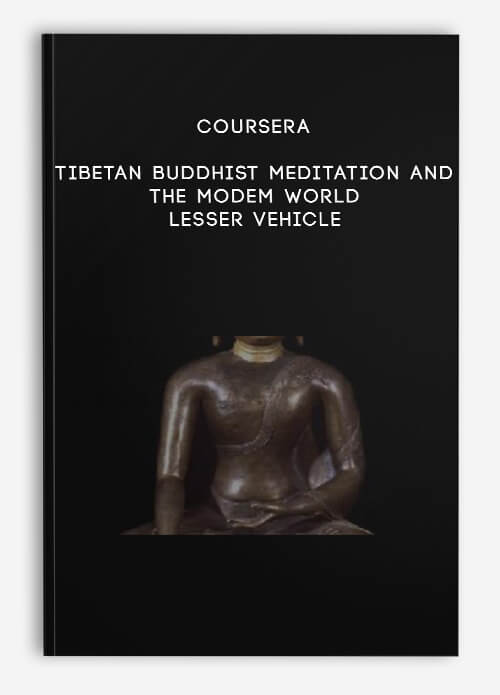
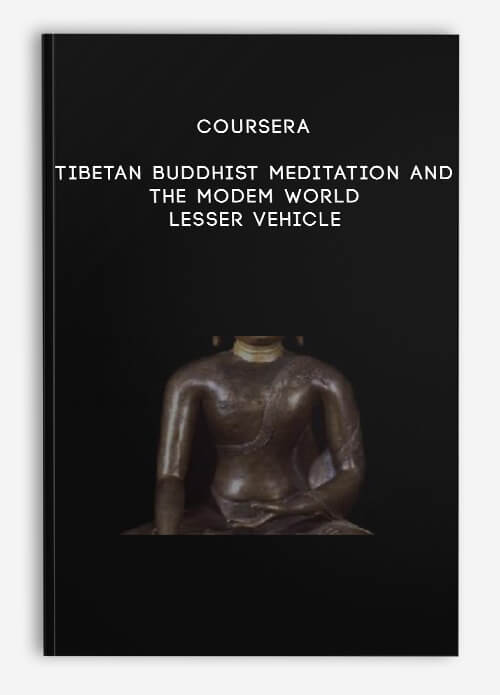
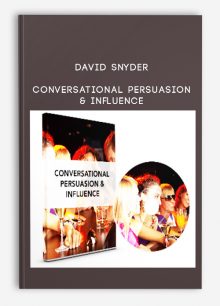


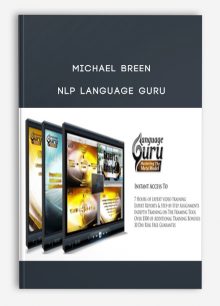
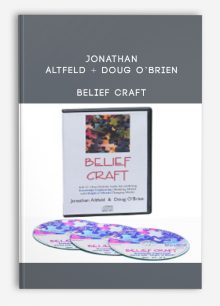

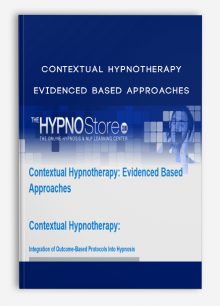

king –
We encourage you to check Content Proof carefully before paying.“Excepted” these contents: “Online coaching, Software, Facebook group, Skype and Email support from Author.”If you have enough money and feel good. We encourage you to buy this product from the original Author to get full other “Excepted” contents from them.Thank you!